IT’S not often we review video surveillance systems that demonstrably make a difference to their communities but this one does. Installed in the town of Wellington in central western NSW in response to business concerns regarding street crime, this modest CCTV solution had a big job to do.
I visited Wellington with Pacific Communications’ NSW state manager Scott Myles and account manager Nicholas Coghlan and talking with the boys as we drove through the rich and rolling farmland between Orange and Wellington, it was clear that at multiple levels this was no ordinary installation. Sure, there were the classic challenges of public surveillance, including getting multiple video signals through a built environment and providing high quality images in low and harsh light. But there were other challenges, too.
The system had to be affordable, extremely reliable and, thanks to the tyranny of distance, it had to be almost completely pre-configured and rigorously documented prior to installation. In a very real sense, the system at Wellington represents a confluence of technological developments that did not exist a few years ago. IP cameras with serious picture quality and low light capability, dependable wide band wireless communications solutions, and integrators and suppliers able to work as a team.
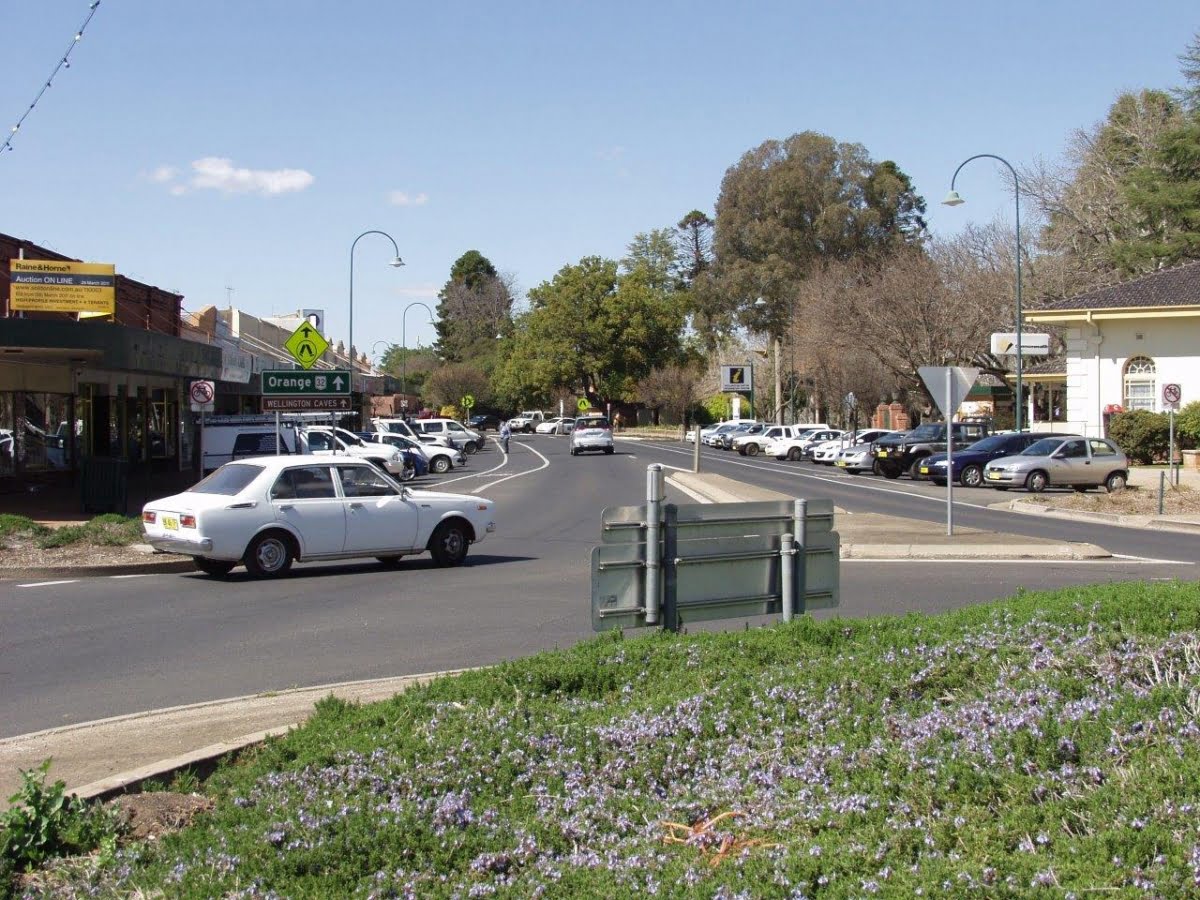
When we arrive in Wellington I find it hard to not to warm to the place. The second oldest town west of the Blue Mountains, it’s wedged between the Bell and Macquarie Rivers, overlooked by the low, dreaming hills of Mt Arthur Reserve. The age and beauty of its buildings and streetscapes give a powerful sense of the immediacy of the past.
Most public surveillance applications have a back story and Wellington’s is more needful, sharper than most. Like many small country towns, Wellington has seen the emergence of crime as a challenge to the lifestyle enjoyed by its residents. Against a backdrop of limited resources; council, the police and the business community have pulled together to respond to that challenge.
Mayor Anne Jones has been on Wellington Council for 17 years and, along with her fellow councillors and the business community, has been fighting tirelessly for greater crime prevention measures, including video surveillance. Their efforts have been instrumental in the implementation of this CCTV system.
According to Councillor Jones, she can remember the first time Wellington looked at CCTV back in 1996 but it was long years before funding, community consensus, technological capability and affordability finally met.
“When Council again decided we wanted to go down the path of CCTV, it was a matter of trying to find the funding to be able to deliver what we knew we needed,” Councillor Jones tells me.
“The first time we looked at pricing in the late 1990s we were told it would be in excess of $A250,000 for only 6 or 8 cameras – it was very expensive and we just could not get it across the line – there were no grant funds available for us at the time. We put the first application in and we were knocked back.
“The second application in June 2010 was successful and we were told by the Attorney General’s Department ours was the best submission for funding they’d ever seen. But it was a lengthy process. We got our written confirmation of the grant in April 2011 and then it was a matter of talking to the community and local businesses owners again and doing street walks with the police to identify crime hotspots before going out to tender.”

Designing the system
Wellington Council’s economic development director Paul Mills is a quiet man with that self-deprecating way about him you only find in a person of deep feeling. Mills says getting the CCTV system approved, designed and installed was a lengthy process.
“About 2-and-a-half years ago Council and community got serious about CCTV for the town,” he explains. “Council applied for a grant from the Attorney General’s Department’s Proceeds of Crime Fund and received $A150,000 towards a total CCTV budget of $210,000.
“We don’t know very much about CCTV so we asked suppliers to recommend systems for us to choose from,” Mills says. “3 integrators then quoted on those systems and that process took another 6 months.”
Mills says the first stage of the system was completed at the end of May, 2012, and by June 30 the cameras were in place and all that was needed was some fine tuning and training. The system has been fully operational for about 6 weeks. This is not a system that’s monitored 24 hours a day 7 days a week.
“Wellington’s CCTV system is there as a deterrent and it’s there to gather evidence on street crime,” Mills explains. “The system has been installed in response to the fact businesses in the town have suffered from broken windows and damaged shop fronts. The system is designed to alleviate the pressure on businesses in the town and to lead to an increase in the number of street crimes that can be cleaned up by police.”
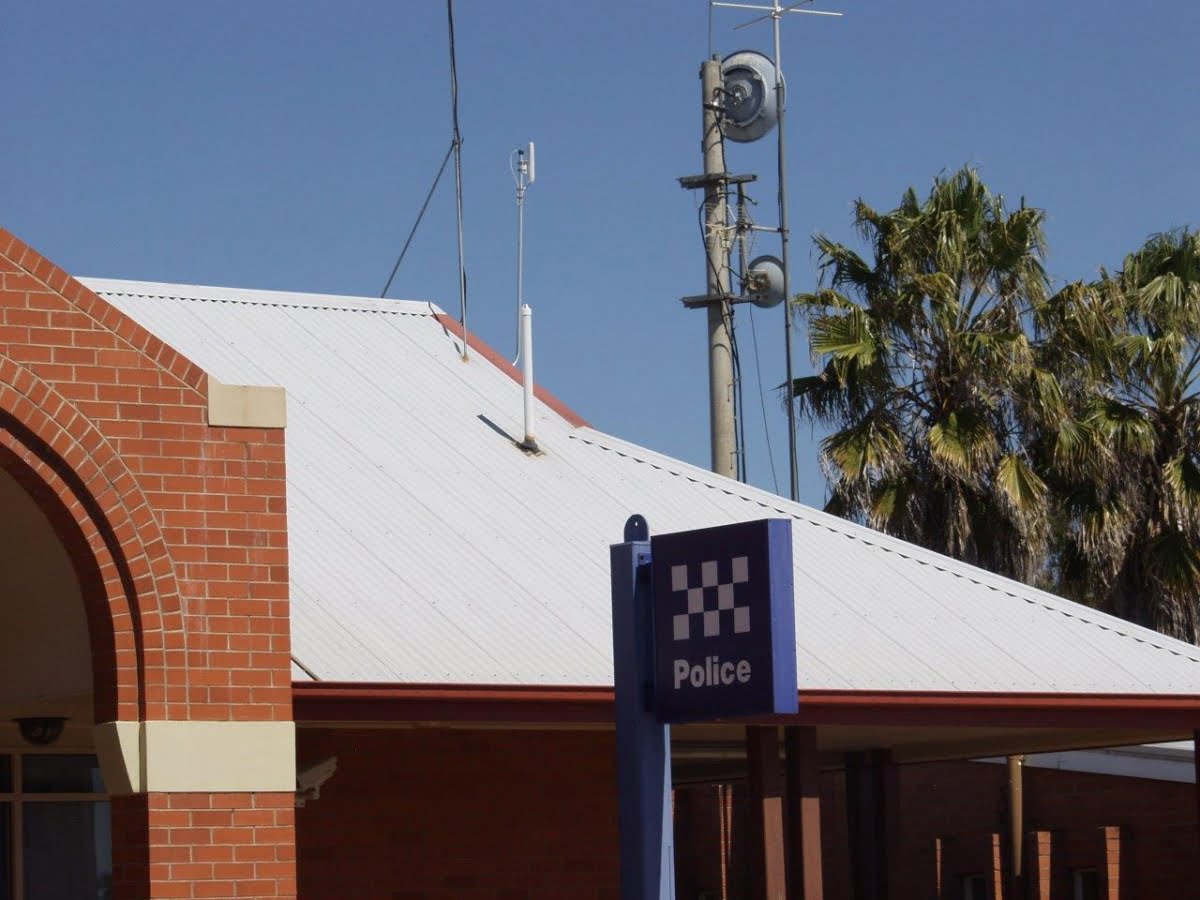
By my reckoning, this is a very large system for the money. There are 42 Panasonic 720p HD IP cameras with 30-day recording spread across an urban area of several square kilometres, with multiple remote nodes and workstations in 2 locations. Just to trench such a system would cost millions. You could only build a system of this power at this price using wireless.
Operationally, there’s a lot of horsepower in the system and its IP nature and the characteristics of the Fluidmesh Mito 1100 backbone make it eminently expandable and endlessly flexible in potential expansion. The system’s thoughtful configuration also incorporates neat things like distributed architecture and system-wide remote UPS support.
According to Coghlan, the Wellington video surveillance solutions started off as a very open design and construct tender that sought recommendations from suppliers. Proposed systems could be simple hybrid or high-end IP.
“When Wellington Council went to tender, we decided to put in a proposal,” Coghlan explains. “Our system was designed to be auto focusing on installation and preconfigured so there was no hassle for the integrator and we used Fluidmesh because it’s the number one wireless solution for areas where you can’t do a detailed wireless test beforehand.
“The whole system was designed as very easy to use and easily expanded,” Coghlan says. “Because this installation is a long way from support we had to make sure the system supported the techs installing the product and would also maintain its reliability far in the future.”
According to Coghlan, some of the things Council liked about Pacific Communications’ proposal were that it had the dependability of the Panasonic brand, it met the HD criteria and it covered more of the town than anybody else’s offering.
The sharp end of this solution is 42 Panasonic WV-SP306 SmartHD 720p fixed cameras with autofocus variously tucked safely into vandal and water resistant wedge housings or IP66-rated external housings. Cameras are networked using the MITO 1100 Fluidmesh wireless system and viewed on workstations at the police station and at council chambers using simple and functional WV-ASM200 i-PRO management software.
Recording is via 4 Panasonic WJ-NV200s installed in multiple locations. Images are stored at 720p for 30 days at 6ips and there’s no event or motion recording. Storage is 6TB per recorder and there are 4 recorders, for a total of 24TB of system storage.
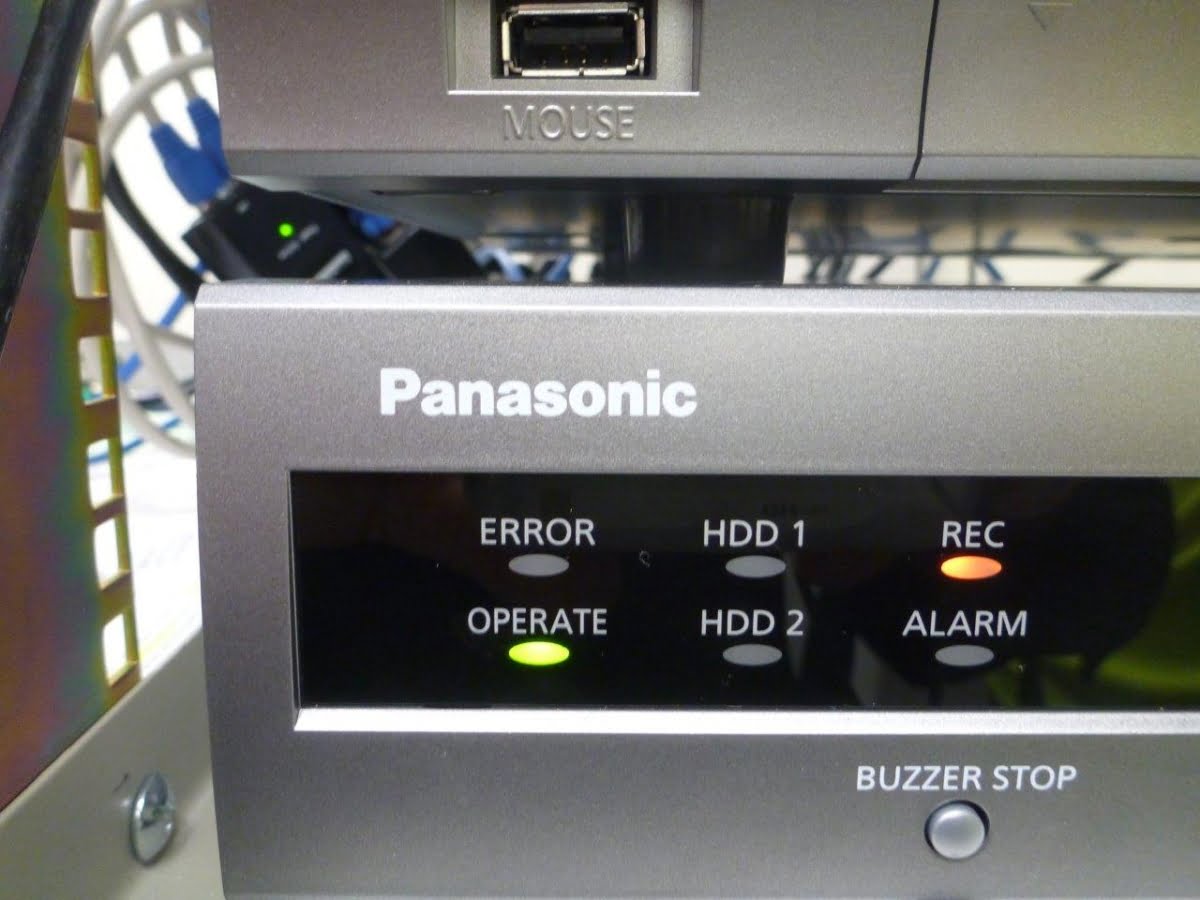
“The cameras are primarily installed on the main shopping strip and in other locations like the railway station and the system is designed so we always get a face shot,” Coghlan explains.
“And all the cameras overlap so every camera view is covered by another camera view. The system has standard 15-50mm lenses and these SmartHD cameras are 3MP so they are zoomed in just a little bit to give better performance at distances typical in the viewing areas here and to see ‘through’ hanging retail signage.”
Also vital to this system is UPS support for every component. The UPS units are tucked into remote nodes and are genuinely designed to support the system and all its cameras and links. There’s no chance of signal loss in the event of power fail and the system is not troubled by brownouts.
The installation
Bathurt integrator Smith & Co Security installed the CCTV system in Wellington including cameras, Fluidmesh units, NVRs, remote switches, UPS units and all the cabling.
Smith & Co director, Hywell Blake, a former police officer who has more recently handled security in tough mining environments, is as strongly motivated by the power of the system to help the town as everyone else involved. When I chat with Blake and his young technician, Callum Evenden, their ownership of the system is warm, immediate and transparent.
“The business community is really supportive, they want to see their town get back to where it was ten years ago,” Blake says..
“When you put in a system that actually does make a difference it’s very worthwhile,” Blake explains. “Just being able to come back and hear the stories from locals is great.
“I think everyone likes to be able to help the community in some way and it’s great to feel that you’ve made a difference and that’s what this system has done in less than a month. No one really expected the huge reduction in crime seen since the cameras were installed.”
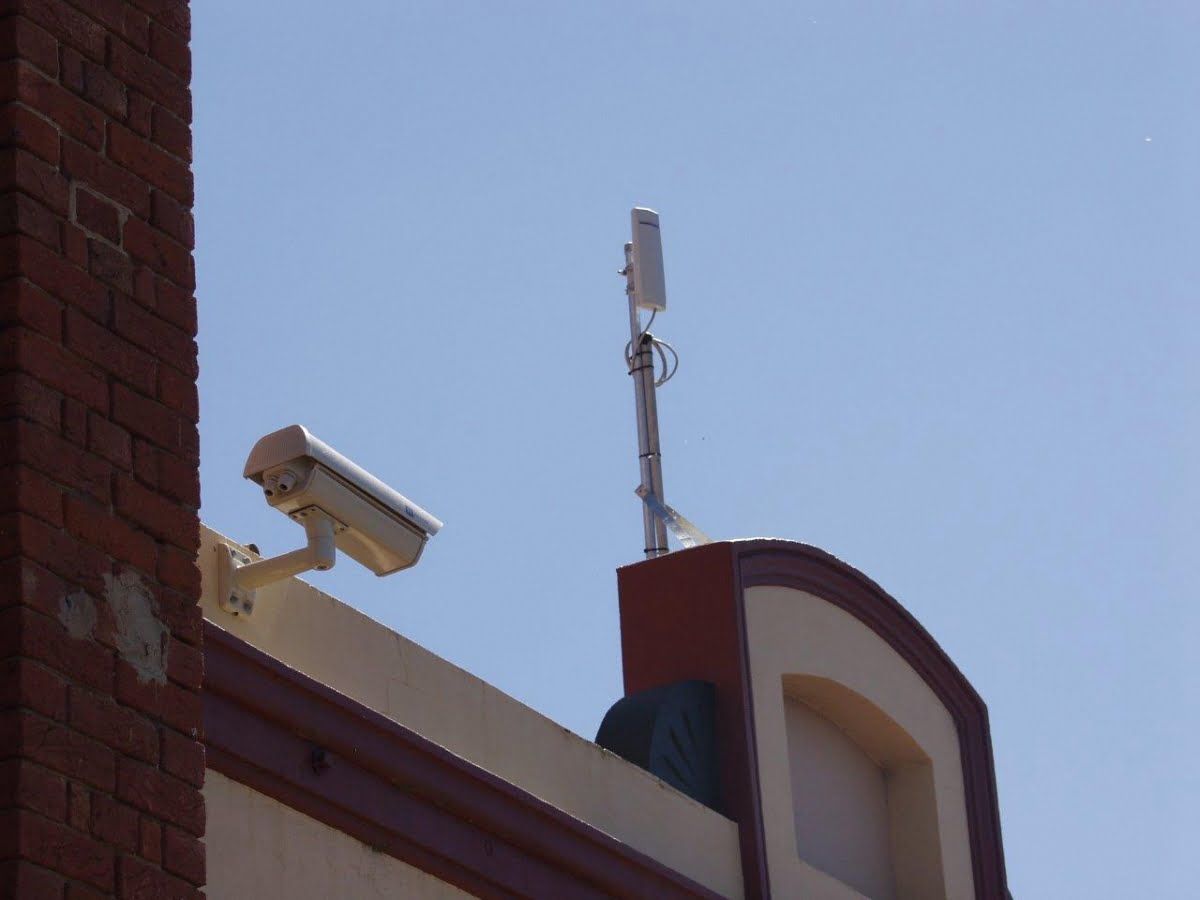
To me it seems this installation was a perfect fit for Bathurst-based Smith & Co Security and Blake agrees that when a tender came up that was smack in its own backyard, the Smith & Co team decided to go for it.
“We’ve done a number of big jobs before and we’ve worked with Fluidmesh and other Pacific Communications products, too. We saw this as our chance to do a bigger job in the Central West. It was nice to show we could install this type of high end IP solution,” Blake explains.
“Nicholas Coghlan from Pacific Communications gave us the plans he’d drawn up for the install and made it very simple to quote on and we were delighted to win the job.
“The installation itself took 8 weeks and the gear was installed by 2 of our young technicians, Callum Evenden and Jamie Smith. A third technician came in at the end to help with commissioning but Callum and Jamie did the cabling and all the installation. The quality of the work they’ve done is outstanding.
“We started at the beginning of May and finished at the end of June. We then spent a bit of time making sure everything was right before we handed the system over to Council a month ago,” Blake says.
“The job went to budget, it finished on time and we didn’t have any problems. As an installer you can’t get better than that. There were one or two things we had to check with Nick and thanks to him we had someone we could talk to every step of the way. If we needed product it was here within 2 days and it was probably the smoothest run job we’ve ever done.”
A Fluidmesh solution which only needs a video feed and power makes installing a public surveillance system much simpler, doesn’t it? I ask Blake.
“Yes, it makes the installation simpler,” he agrees. “But we still had more than 3000 metres of cabling and conduit from cameras to Fluidmesh units to manage so it was still a big job although it was made simpler thanks to the nature of the system and the pre-configuration of components by Pacific Communications.
“When it came time to put the cameras in, that only took a couple of weeks. Something I have to highlight is that the client is rapt with the result – they are really impressed with the quality of system they’ve got for the money.”
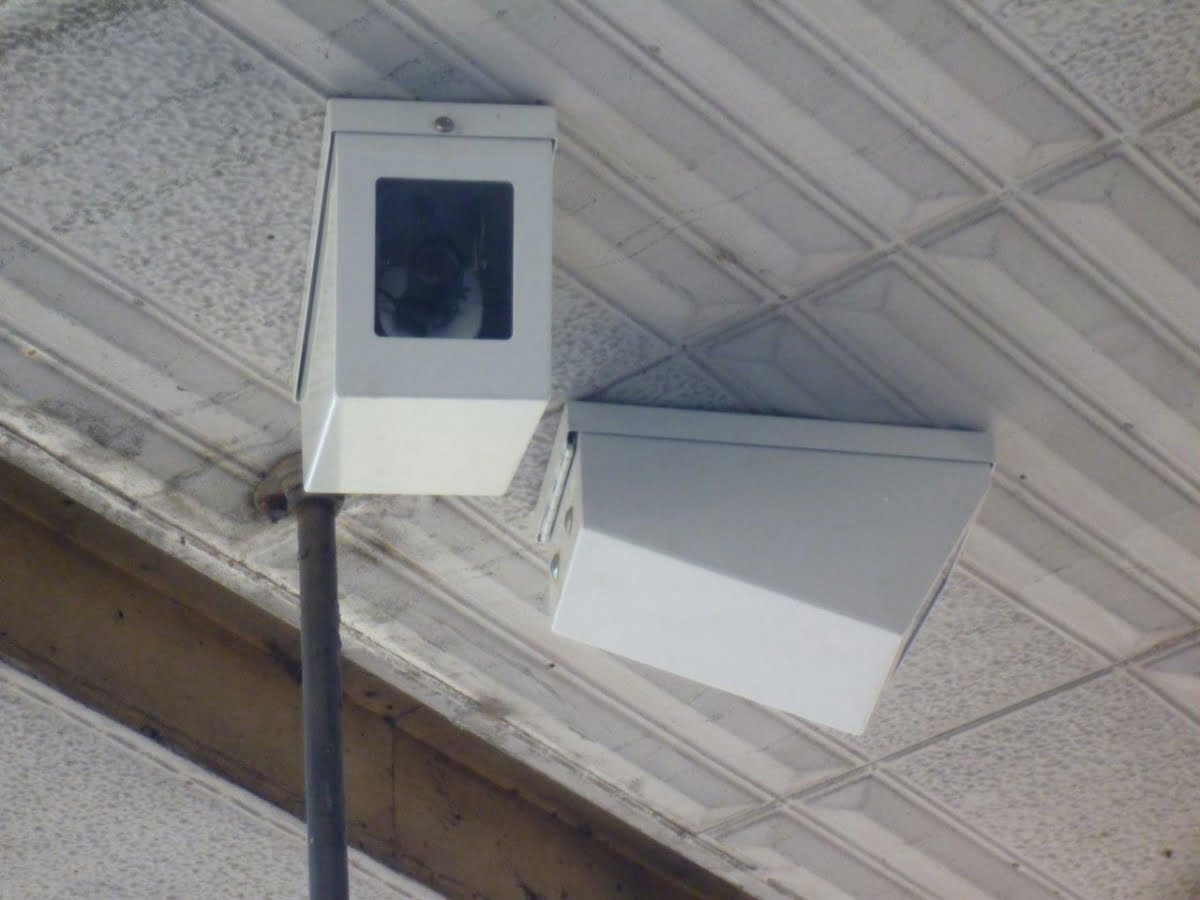
According to Blake, the Panasonic WV-SP306 cameras do so well with ambient light that only 2 which are located well away from street lights ever revert to black and white, while the rest stay in colour day and night.
“There’s not a lot of ambient light here but the Panasonic cameras do very well,” Blake says. “This was one of the things we checked carefully during the installation process – that the cameras could operate with the existing light overnight and that we did not need to put extra lighting up.”
Blake assures me there is no problem whatever with blooming and smearing from truck headlights on the busy Mitchell Highway which cuts through the centre of Wellington. Something else that interested me was the challenge of getting the wireless signals right but, according to Blake, there was no absolutely problem with signal quality using Fluidmesh.
“With one of the links here we had to shoot smack through the middle of a tree and we still got full signal strength – we had no problems whatever with interference of any kind,” he says.
“The Fluidmesh units were all pre-programmed by Pacific Communications and all the cameras were pre-configured too, so it was a matter of running cables from the cameras to the Fluidmesh units and it was almost plug and play from there.”
According to Coghlan, from the point of view of Fluidmesh, the town is split into 13 separate sections – West Wellington, North Wellington and all the way around the main sections of the town. He says there are a total of 26 Fluidmesh links.
“We also used Vigitron UDP extenders in one instance where we could not get wireless across the top of the building and it was too expensive to run a fibre connection such a short distance. The Cat-5 was about 160 metres and the Vigitron was perfect for this application.”
Listening to the boys talk about their system it occurs to me that even a couple of years ago a system like this would not have been possible. The wireless flexibility, the compression, the huge storage capacity on just a handful of NVRs, the low light performance, the low, low, cost and the distributed architecture.
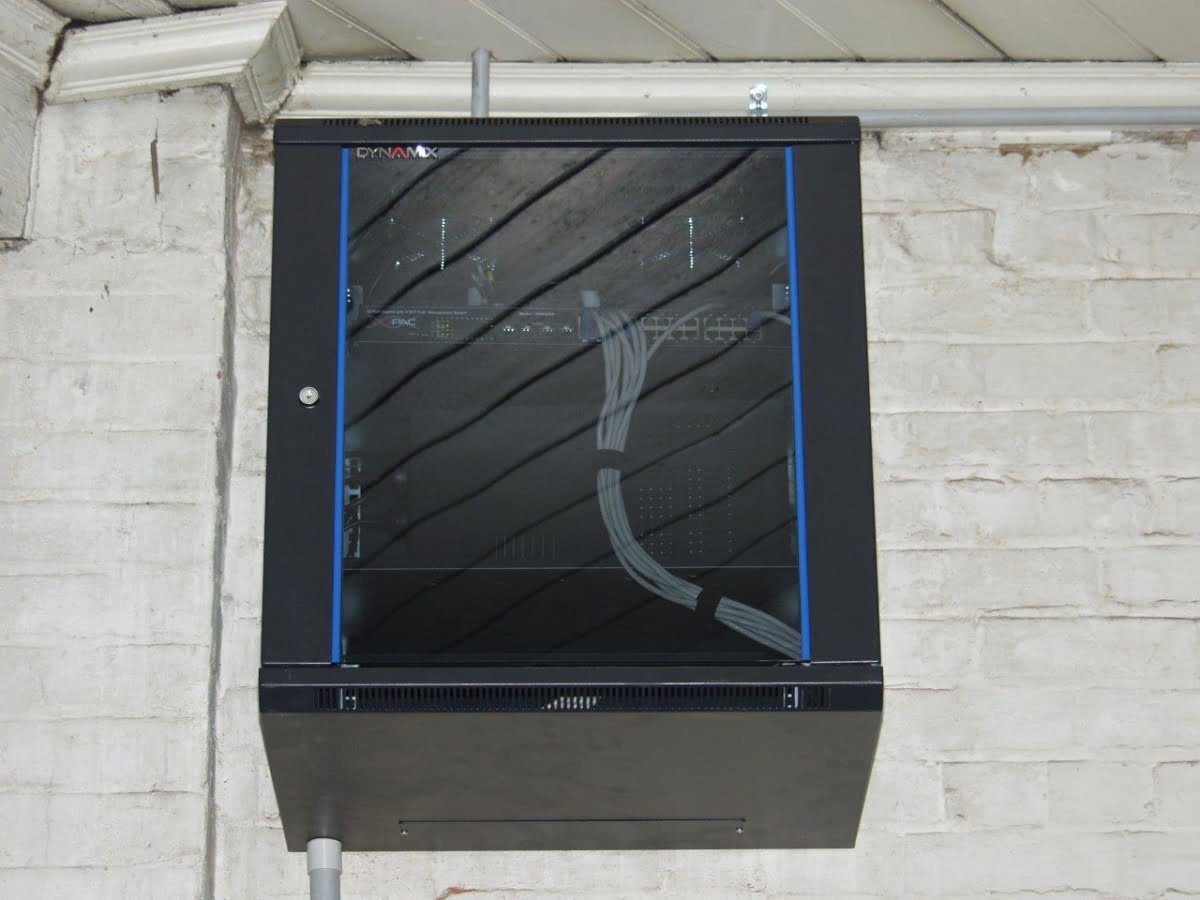
Something else that’s interesting is the way the system was supplied. It was completely pre-configured, tested, laid out and shipped so as to be as simple as possible to install nearly 400km from supplier support back in Sydney. When a supplier underwrites a solution like this there has to be serious effort put into documentation and there was.
According to Scott Myles, documentation was a vital factor with this system.
“Everything was documented and set up before it was shipped,” he explains. “As a result, if there are any questions it means our support team can just refer back to the documents and give quality support to the techs in the field. That was a major factor in the success of this system.
“Pre-configuring the system from our controlled staging room allowed us to deliver a turnkey solution so much better.” Myles says.
“The process starts with a pre-staging meeting with the integrator and our account manager, IT Dept, our Operations team, we go through the staging document and it’s there a lot of questions are raised where the integrator needs to find out naming rights on servers, IP address ranges.
“Everyone knows what everyone is doing and what is expected of them. It’s the execution of the planning that’s important with IP. It takes the risk away from those integrators who have never done IP before.”
Coghlan agrees.
“The process gave the integrator a lot of confidence. The techs in the field knew we knew everything about the system, that it was pre-programmed and there was full documentation. It meant they did not need to stress when on site – they could focus on doing the best installation and getting the best images from the cameras. This teamwork was part of the reason only 2 techs were required.”
While we talk about the installation we take a foot tour of the town, looking at cameras installed in wedge housings under awnings and in weatherproof housings on exposed walls and roofs. We see the Fluidmesh links installed on poles and roofs.
At all times it’s a tidy job and the quality of the installation is consistent, too. There’s no sign of slackness from Smith & Co’s techs, even in and around the remote nodes containing switches and UPS units that are hidden away inside the upper storeys of completely empty buildings. To me, a consistent commitment to craftsmanship is the unmistakable signpost of an installer’s integrity. It’s very well done.
As we wander through the town I get a chance to chat with technician Callum Evenden who, together with Jamie Smith, lived in Wellington for 10 weeks during the installation and commissioning of the system.
Evenden exhibits that same strong ownership of the system as well as a pronounced affinity with the people of the region and the town. He says the installation went without a hitch.
“Apart from the weather, which was very hot for us working in roofs and ceilings, everything went very well,” says Brit-born Evenden of the June-July installation period.
“I was initially worried about the job because I had not done something of this size but I was surprised at how well it went. We got stuck into it and after we did the first section, which took a couple of days, we were able to complete each subsequent section in a single day.”
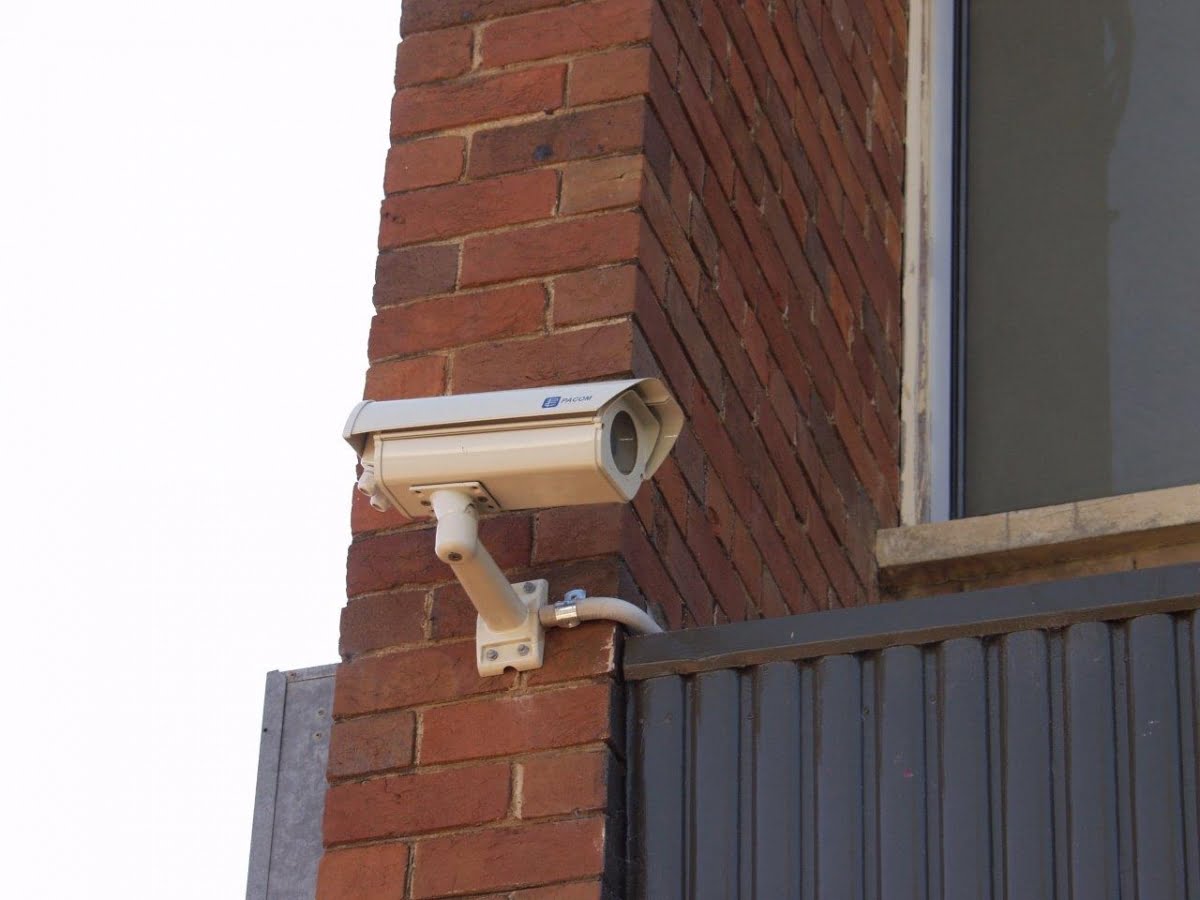
Evenden says there were plenty of comments from locals during the installation.
“We got lots and lots of comments from local shop owners,” he explains. “Everyone wanted us to be there, they wanted the system installed and they wanted to talk to us. We had no problems with anyone – even the local troublemakers – they just quietly watched us work – we were surprised by that.”
The installation was simplified by the fact Panasonic SmartHD gear is virtually plug and play.
“You connect the cameras and the system pretty much finds itself,” Myles says. “There’s autofind and autofocus and backfocus from the head end. It takes about 20 seconds for the camera to set itself. We did not have to send anybody out during the installation. Usually with an IP based system there’s always a call-out but that has not happened here. This system is very easy, very robust.”
Coghlan points out that most the cameras are default.
“They are set to give the best WDR and low light performance,” he says. “We did a little bit of backlight compensation tweaking – there wasn’t a lot required. I came out to Wellington on 4 pre-scheduled occasions to make sure things were on track and to answer questions about setting up the NVRs and to make a presentation to Council and that was all.”

Integral to system capability and future expandability are those Fluidmesh Mito 1100 nodes are spread across town.
“The bandwidth of the system is 10Mb on the 2 camera sections, 30Mb on sections with 5-6 cameras and then on the trunk connections bandwidth is higher still,” Coghlan explains. “The beauty of Fluidmesh is that increasing the bandwidth is a matter of upgrading the license – there’s no change to the hardware. You just order an extra license and you can add more cameras as you go.”
This potential for expandability is important to Wellington Council, according to Mills.
“One of the nice things about Fluidmesh is that we can just extend the system as we need to,” he says. “Down the track we may look at installing more cameras at particular locations we have in mind and it’s just an easy add-on to do so.”
A key element of the system is that fact that the nodes, links antennae and power all depend on support from businesses and building owners in the town. According to Mills, there was no problem with permissions for any of the components of this installation.
“There’s strong support for the system in Wellington. Businesses were happy to allow us to locate system components in and on their buildings. They want the system.”
As part of our walking tour of the town I meet Pam and John from the Home and Office Furniture store on the main street. In the first 12 months their business was open they had problems with malicious damage.. Not surprisingly, they are both happy CCTV has been installed.
“The last incident was February, before the cameras, but we think the cameras will reduce problems further,” John tells me. “In the past kids would shoot our windows with slingshots. I think the system will work, so long as it’s policed and the kids know where the cameras are.”
The control room
The control room in Council Chambers is a compact access-controlled space that’s partly filled with cardboard voting booths from the recent Council elections.
On the wall is a Pacom LCD screen and there’s a workstation tower, keyboard and mouse on an adjacent desk. The purpose of this workstation is primarily access to video clips to supply to police in the event of an incident.
Council staff do not monitor the system, Mills tells me. Instead their responsibility is getting data across to police investigators in the event of an incident.
“Council has negotiated an operating procedure with police relating to the processes of exchanging image streams and if there is an event we will provide video footage to police when requested,” he explains.
“There’s an official form police fill out to request this information and they will include a start and finish time to search for. CCTV footage is another tool for police and they are very happy with the system, particularly with the quality of the images.
“They also have a workstation they can monitor in real time, they can track events as they happen. This works very well. It’s a small town and a lot of the people in the town are known to police.”
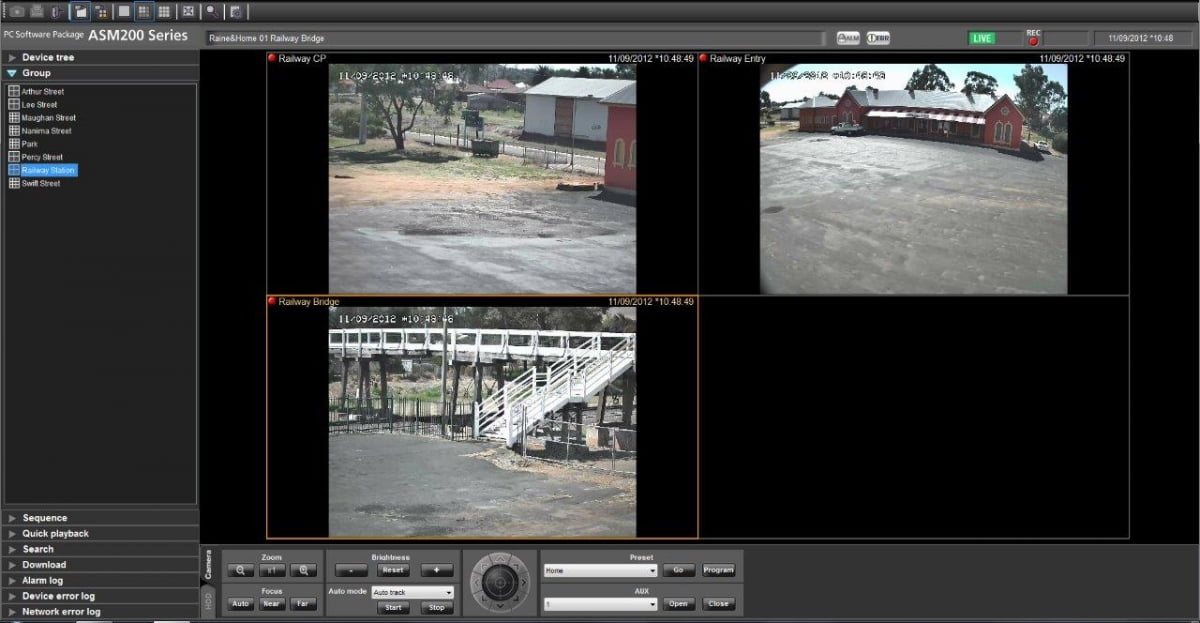
As far as system management is concerned, Mills says operation is simple.
“We’re very happy with the management solution,” Mills says. “It’s straightforward – it took 20 minutes of training to learn how to operate. Viewing the cameras, accessing recordings, it’s all just a piece of cake.”
As we crowd around the screen, Coughlin drives the system, showing me the extent of the camera views. We look at cameras along the shopping strip first. These are installed under deep awnings and in the bright morning sun they are dealing with very bright patches of sunlight interspersed with deep shaded areas.
The capable Panasonic SP306s are handling this challenge with aplomb. Colour rendition is excellent and consistent, and resolution is easily good enough to read number plates and recognise faces well into the medium distance and far outside the designed field of view. Backlight does not seem to be a problem, either. There’s no noticeable flare out in the sun. Given the overlapping nature of the fields of view, it’s hard to imagine not getting complete coverage of an event with this solution, I think.
“About 95 per cent of the shops on the main street now have coverage,” says Mills. “Whenever you move through the CBD you appear on numerous cameras and that means police can see who was in the area even if they don’t get footage of an actual event.
“We never expected blanket coverage so we’re delighted with this performance. This is a difficult CBD for video surveillance – it runs up the main street and around the corner and then up another street – but despite this we’ve got excellent coverage.”
After checking out live daytime footage we take a look at some night scenes at about 1.30am in the morning. The camera we look at has not reverted to black and white and is pointed directly at the entries to rest rooms in the park across from the main shops.
Staring this camera in the face is a strong floodlight. I see no evidence of blooming from this light and no excessive snow or noise in the image which might stress storage or bandwidth. The camera is getting recognisable faces at perhaps 35 metres. There’s no movement in the scene so I can’t assess motion blur but having undertaken an objective test with the Panasonic SP306 not long ago I can attest to the fact low light is its great strength. I saw no motion blur in that test.
“The system is managed using the WV-ASM200 i-PRO management software in conjunction with WJ-NV200s NVRs installed in the network room and at other remote locations,” Coghlan explains to me. “This ASM200 software comes with all Panasonic NVRs and cameras. The system can also be viewed via Internet Explorer. The police view the system on workstations with the same software and they have exactly the same setup in the station as Council has.”
In terms of network topology, some cameras transmit back to nodes on the roof of Council Chambers and are recorded in the network room there. The link to the Police Station comes from another central node at Coles, which is linked to the Library. Meanwhile, a fibre link connects the Library and Council Chambers.
“All the cameras from the Western side of town are recorded in Council Chambers and all the cameras from the Northern side of town go back to multiple nodes around the Coles complex so if any backbones go down the cameras are still being recorded,” Coghlan says.
“There’s also an NVR in Kitchener’s Hardware and another in Raine and Horne – it’s a distributed architecture so instead of having everything in one location the NVRs are distributed. Importantly, from the 2 workstation locations – Council and Police – you can view all the cameras on the network.”
That’s a good image I say, as Coghlan pulls up another street scene. The camera is getting faces and number plates at the scene edges. Coghlan points out the width of the field of view – explaining that the cameras don’t just get the footpath and shop fronts but they are getting parked vehicles and number plates as well. It’s excellent performance.
While Coghlan parks the management system, I take a look in the network room where the NV-200s are located. It’s a nice, compact installation sitting on a dedicated subnet with its own switch pulling signals down from roof-mounted Fluidmesh links via Cat-6.

Conclusion
There’s something special about the video surveillance solution in Wellington and when writing it up I couldn’t quite put my finger on why I found the install so moving. Perhaps it was the genuine need of this community. Perhaps it was the fierce commitment of Council, integrator and system supplier to make a difference. Perhaps it was all these things.
All of us in security electronics wonder about the value of the work we do, question the worth of the technologies we represent and install. There’s something so right about seeing the undoubted power and flexibility of the latest surveillance solutions used in a meaningful way like this. Many surveillance systems go in gratuitously with no coherent purpose but this Wellington street surveillance solution is the real deal.
There’s something more to tell. In all of this, the best thing about the Wellington CCTV solution is the positive impact it has had on crime in the town since the system was commissioned. According to Councillor Jones, the results have been significant and widespread and there’s a real sense the system has given the community new hope.
“Our CCTV system has been in for about a month,” she explains. “We saw a reduction in our crime as soon as we said we were going to put in the CCTV cameras earlier this year and since the cameras have been in we’ve seen even more of a reduction.
“One of the problems we thought we would encounter was that the crime would move from the CBD to other areas. But we haven’t actually seen that happen in Wellington,” she says.
“We have a precinct meeting with police command, council and various other key players on a 3-monthly basis and the crime statistics are put before us and we can see the movement in those statistics. I can say that in almost every area crime has gone down – it’s just unbelievable.”
Mills, too, is happy with the system.
“It’s not just that we got the system we wanted for $210,000, it’s the quality of the images we are getting,” he explains. “If you have a look at the night time images, they are still in colour. So, yes, we are very happy with it.”
When I ask Mills how effective has the system been in reducing crime he gives me a quick look containing equal measures of relief and disbelief.
“There have been no reports of any incidents of street crime in the Wellington CBD since the system became operational a month ago,” he tells me. “It’s winter, which is always a quieter time for trouble but it’s certainly an encouraging start for us. From Council’s perspective we have relied on the contractor to deliver a good product and this system has delivered.”
By John Adams










